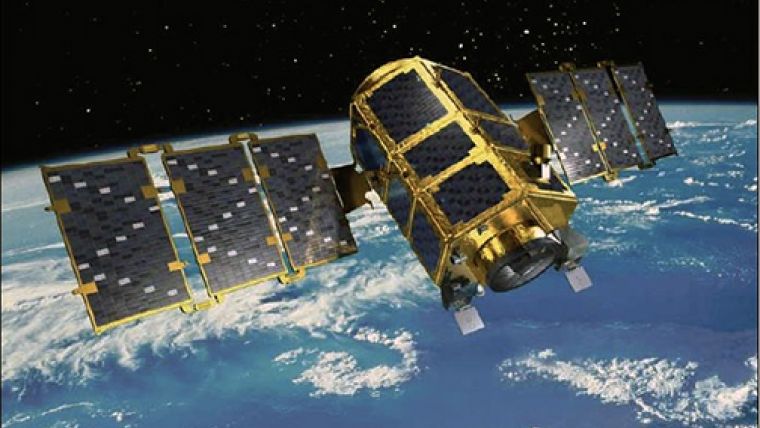South Korean Satellite Will Focus on Oceanography
With a focus on oceanography and the monitoring of air pollution, the 3.4 ton South Korean Chollian-2B satellite is looking at a launch date of February 18 from the Guiana Space Center via an Arianespace Ariane-5 launch vehicle. The Korean Aerospace Research Institute (KARI) stated that this is the first time a GEMS (Geostationary Environmental Monitoring Spectrometer) has been installed on a geostationary satellite. An additional GOCI-2 sensor to monitor the ocean environment is also aboard the satellite.
According to the director of the satellite programme for KARI, the satellite will be able to capture more accurate weather data forecasts as well as provide information to assist the nation's agencies in reducing pollution in the region. The operational lifetime expectancy for the Chollian-2B is approximately ten years and was funded by the government to the tune of 386.7. billion won ($324 million).
Oceanography Monitoring
In December 2018, South Korea launched the sister satellite, Chollian-1, for EO and oceanography monitoring and is equipped with AMI (Advanced Meteorological Imager) and KSEM (Korean Space Environment Monitor) payloads. Both of the Chollian spacecraft are follow-ups to the nation's first geostationary meteorological satellite, that being the Chollian-1, and greatly improve on that satellite's data download speed as well as its imagery capabilities. The Cholian-2B will offer 4x sharper resolutions than the sensors already on-orbit and, within a 10-day timeframe, can examine an area of 2,500 kilometres (1, 553 miles).
(Image courtesy KARI)

Value staying current with hydrography?
Stay on the map with our expertly curated newsletters.
We provide educational insights, industry updates, and inspiring stories from the world of hydrography to help you learn, grow, and navigate your field with confidence. Don't miss out - subscribe today and ensure you're always informed, educated, and inspired by the latest in hydrographic technology and research.
Choose your newsletter(s)
























